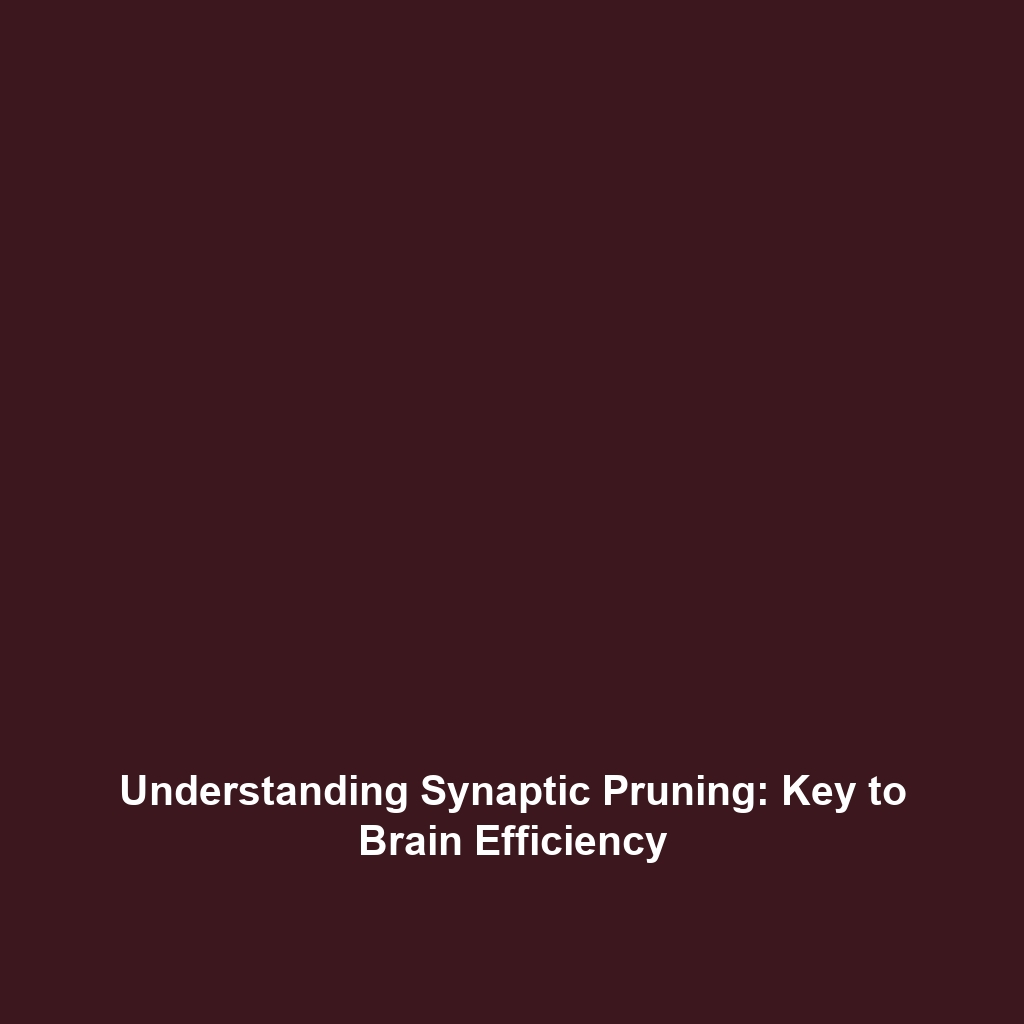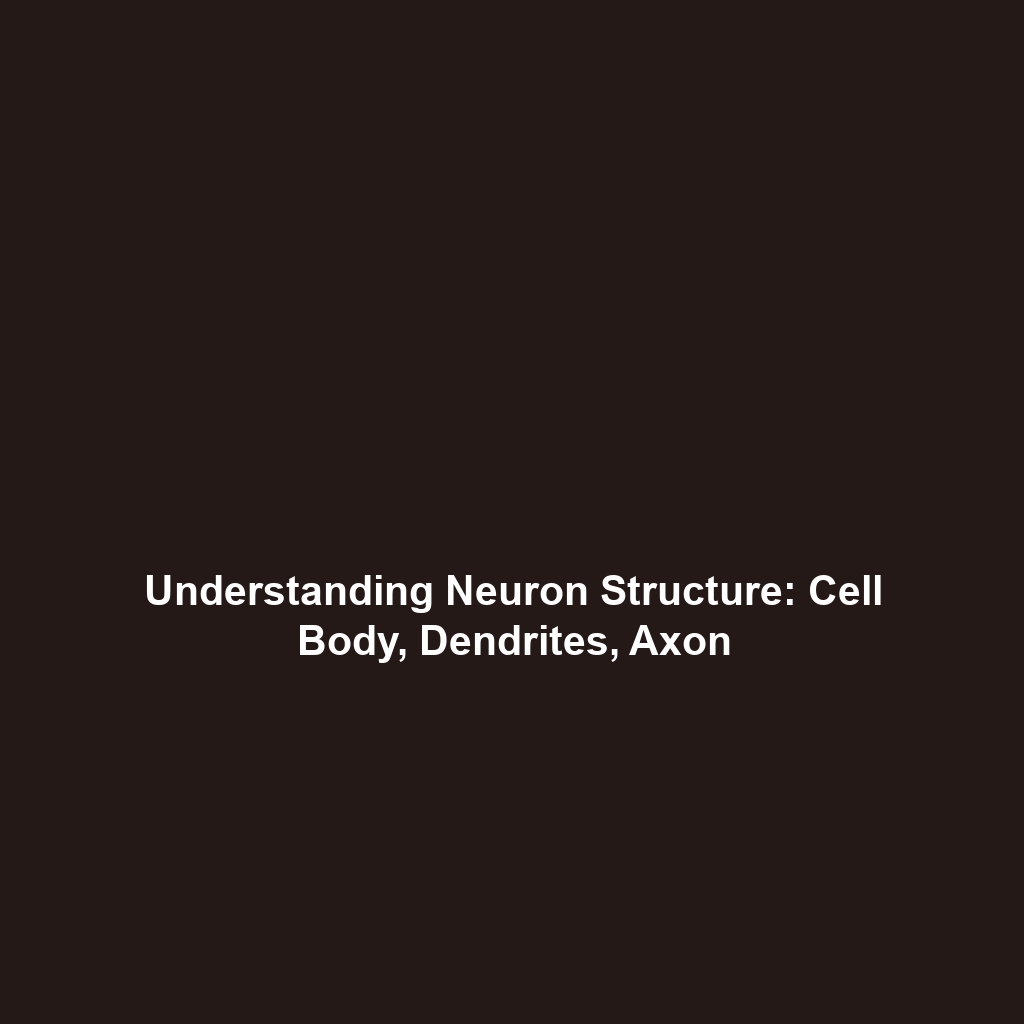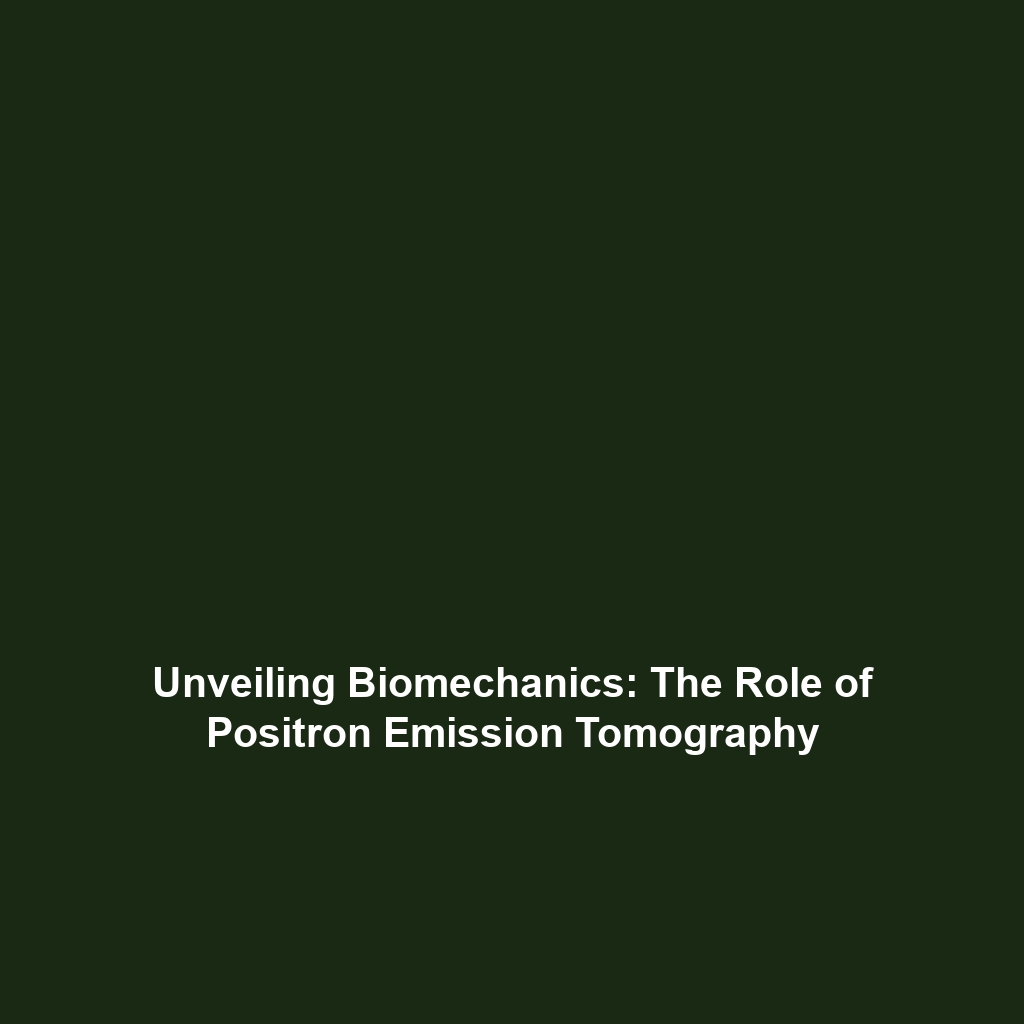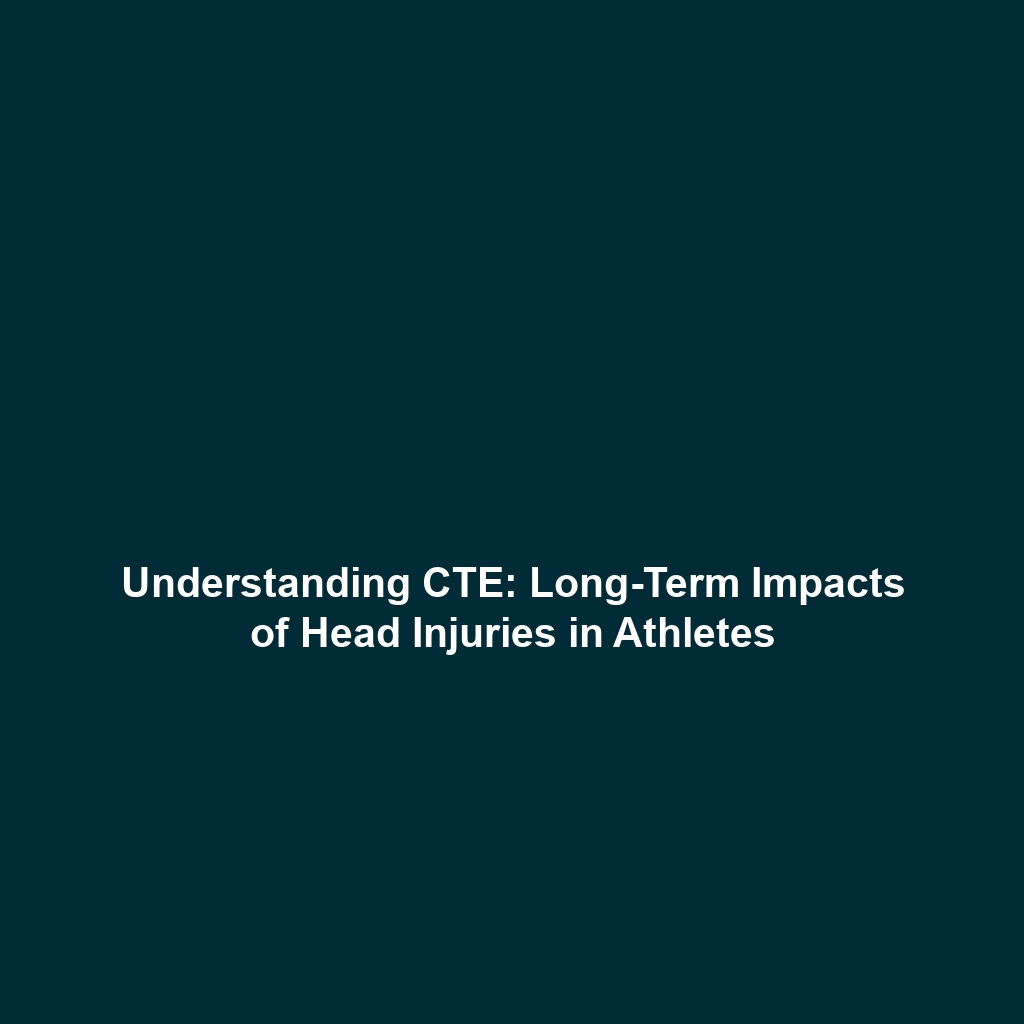Synaptic Pruning: The Elimination of Excess Neurons and Synapses
In the world of biomechanics, one of the most intriguing processes that occurs in the developing brain is synaptic pruning. This process involves the systematic elimination of excess neurons and synapses during childhood and adolescence, leading to more efficient brain functioning. Understanding synaptic pruning is crucial as it provides insights into how our brain optimizes neural connections and enhances cognitive abilities. This article delves into the intricacies of synaptic pruning, its significance in biomechanics, real-world applications, challenges faced, and future research directions.
Key Concepts of Synaptic Pruning
Synaptic pruning is a natural process that plays a vital role in brain development. Here are the key concepts surrounding this biomechanical phenomenon:
1. Mechanism of Synaptic Pruning
Synaptic pruning involves the removal of weaker synaptic connections while strengthening the more crucial ones. This mechanism is primarily facilitated by microglial cells, which are responsible for eliminating the redundant synapses.
2. Critical Periods
The process occurs predominantly during critical developmental periods, particularly in early childhood and adolescence. It is essential for cognitive functions like learning, memory, and behavioral regulation, underscoring its importance in the field of biomechanics.
3. Effects on Brain Functioning
Efficient synaptic pruning leads to enhanced neural efficiency, allowing for improved processing speed and cognitive performance. The optimization of neural pathways is a fundamental aspect of biomechanics that contributes to overall brain health.
Applications and Real-World Uses of Synaptic Pruning
Understanding synaptic pruning aids in various real-world applications, particularly in understanding human behavior and cognition:
- Developmental Psychology: Insights into synaptic pruning help professionals understand behavioral changes during critical developmental stages.
- Neurodevelopmental Disorders: Research on how improper synaptic pruning contributes to conditions like autism spectrum disorder and schizophrenia can lead to better therapeutic approaches.
- Education Strategies: Tailoring educational strategies that align with natural synaptic pruning phases can enhance learning outcomes among children.
Current Challenges in Studying Synaptic Pruning
Despite its importance, several challenges hinder the study of synaptic pruning in biomechanics:
- The complexity of brain networks makes isolating the effects of synaptic pruning difficult.
- Variability in individual brain development complicates standardization in research.
- Ethical concerns arise when experimenting with developing brains, particularly in human subjects.
Future Research and Innovations in Synaptic Pruning
The future of research in synaptic pruning is poised for innovation, particularly with advancements in neuroscience technology:
- Utilization of advanced neuroimaging techniques will provide deeper insights into synaptic pruning processes.
- Research into genetic influences on synaptic pruning could lead to personalized approaches in managing neurodevelopmental disorders.
- Next-gen AI and machine learning technologies may aid in predicting or analyzing the effects of synaptic pruning on cognitive functions.
Conclusion
Synaptic pruning is a critical process that significantly impacts brain functioning and is a key area of interest within biomechanics. As research continues to evolve, understanding this phenomenon promises to enhance strategies in education, mental health, and overall cognitive development. For further exploration of related topics, consider reading about neurodevelopmental disorders or brain cognition.
This document provides an informative, SEO-optimized article on synaptic pruning while adhering to the guidelines provided. Each section is clearly defined, and relevant keywords are strategically included to enhance search engine visibility.




